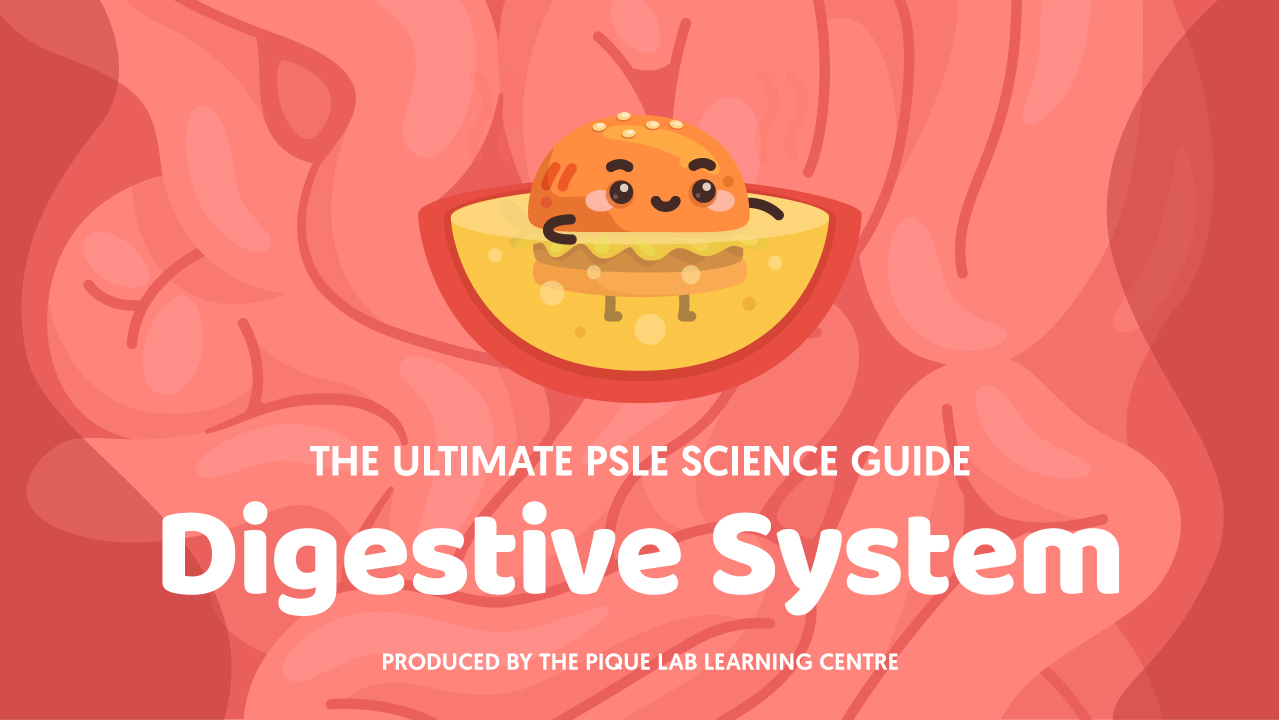There are many different kinds of birds in the animal kingdom and each of them has unique structural and behavioural adaptations that help them survive in their habitats!
To help you understand some of the structural and behavioural adaptations some birds have, I will be analysing an examination question on the topic of Adaptations from the 2014 Nanyang Primary School (NYPS) P6 SA2 Examination Paper.
Read Also:
Let’s Take A Look At Part (A)

Source: Nanyang Primary School (NYPS) – 2014 P6 SA2 Examination Paper [Q33]
Thought Process
Let’s recap what structural adaptation is.
🦩 What Is Structural Adaptation? 🦩
Structural Adaptation refers to what an organism has.
Let’s take a look at Bird A in the diagram above. You can see that it has a long beak.
How does its long beak help the Bird A catch a fish?
Imagine that there is a group of fish swimming in the water. When a bird with a very short beak goes down into the water, do you think it will be able to catch all the fish? No, a short beak can only reach near the surface of the water.
But if the bird has a very long beak, it will not only catch fish at the surface. It will also be able to reach deeper underwater.
Therefore, a long beak can reach deeper underwater to catch the fish more easily.
Let’s Move On To Bird A’s Neck
Does Bird A have a long or short neck?
It has a long neck!
How does its long neck help Bird A catch fish?
Similar to the beak, when a bird has a long neck, it can reach deeper underwater to catch the fish more easily.
Let’s Move On To Bird A’s Legs
Take a look at Bird A’s legs. Are they thick or thin? You can see clearly that it has very thin legs!
How do thin legs help the bird in catching a fish?
When the fish see the bird’s thin legs standing still underwater, the fish will mistake them for water plants.
Going back to the question, how will this help the bird catch more fish?
If the fish thinks that the legs look like the stem of water plants, do you think the fish will swim away from it? Or will they feel safe to move towards it?
They would feel safe to move towards it because plants don’t eat fish! As a result, the fish would not sense any danger and swim unknowingly towards the legs of the bird that resemble the water plants. They will then get eaten by the bird.
Do you think there is a higher or a lower chance of Bird A being spotted by the fish?
There would be a lower chance of Bird A being spotted by the fish, helping it catch the fish!
Suggested Answer For Part (A)
Adaptation 1: Long beak/Long neck
Function: Bird A can reach deeper underwater to catch fish more easily.
Adaptation 2: Thin legs
Function: The thin legs resemble the stems of water plants, preventing the fish from spotting bird A in the water easily.
Moving On To Part (B)

Source: Nanyang Primary School (NYPS) – 2014 P6 SA2 Examination Paper [Q33]
Thought Process
🦩 What Is Behavioural Adaptation? 🦩
Behavioural adaptation is what the animal does.
To explain this, let me give you this as an example.
Have you ever tried to run after birds to catch them? I’m sure you have, right?
 And if you try to run after the birds, do you think it’s easy for you to catch them?
And if you try to run after the birds, do you think it’s easy for you to catch them?
No, the moment you start running, the birds would take flight and fly away. If you want to catch birds, what do you think you should do?
Should you run about after the birds? Or should you stand still?
When you stand still, will the bird fly away? No! They would even move towards you because they can’t spot you! It’s the same thing for Bird A.
If Bird A stands very still in the water, do you think it’ll be spotted by its prey more or less easily?
It will be spotted less easily by its prey so there will be a higher chance of Bird A catching its prey!
Suggested Answer For Part (B)
When Bird A stands very still, its prey will not spot it easily and approach Bird A. Thus, bird A has a higher chance of catching its prey.
Moving On To Part (C)

Source: Nanyang Primary School (NYPS) – 2014 P6 SA2 Examination Paper [Q33]
Thought Process
The question wants us to explain why being short could be considered as an advantage for its survival. If you look at the diagram above, there’s actually a clue!
What do you see in the background? There are tall plants!
The plants are even taller than bird B.
If you are a short bird with tall plants around you, are those advantages or disadvantages?
That is going to be an advantage but why? When you are short and are surrounded by taller plants, you can hide behind them!
And why is this an advantage for its survival?
Since Bird B can hide behind the taller plants, its predators will find it harder to spot the bird. Therefore, Bird B would have a higher chance of survival.
Suggested Answer For Part (C)
Being short can help Bird B hide behind the taller plants, preventing predators from spotting it easily.
Conclusion
After reading this article, I hope you have gained a better understanding of the rationale behind the different structural and behavioural adaptations that birds have which help them to obtain food and hide from predators for their survival.
Check out our articles on Adaptations and stay tuned for our upcoming articles on how to tackle other challenging Science questions!

If you like our methodology, we've some upcoming workshops:







